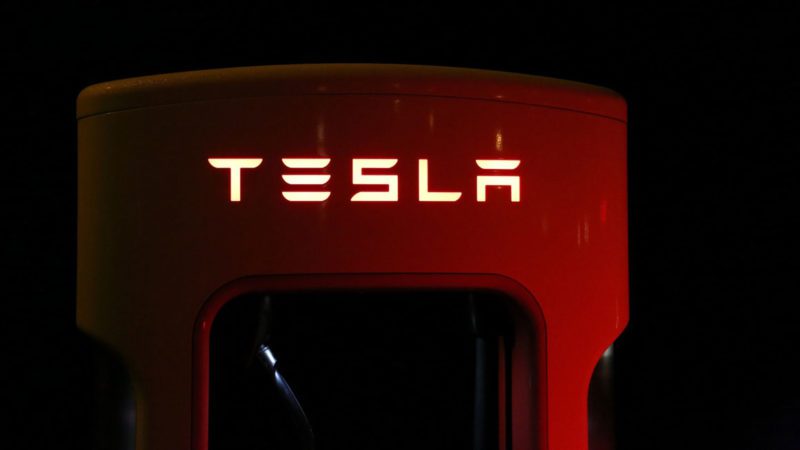Tesla shares values have broken through the $US2,000 mark, as the company heads towards a five-to-one share split and – more importantly for investors – the much anticipated Battery Day.
The Tesla stock is now valued at more than $US380 billion by market cap, and is worth more than ExxonMobil, Shell and BP combined, as well as being the most valuable car maker in the world.
The Californian electric vehicle and energy storage company sits on top of what is referred to as the ESG investing arena (ESG referring to environmental, social, and governance) but is also riding high on the view that it is more alike to tech companies such as Apple and Google than just an eco-conscious auto maker.
At the same time, it is rolling out gigafactories at a rattling pace, including, most recently, installing the “machine that builds the machine” known as Giga Press, that will enable electric car making on a cheaper and faster scale, starting with a single-cast rear piece for the Model Y.
Tesla boss Elon Musk has also declared that Tesla is happy to supply battery and powertrains to other car makers, setting the scene for what is expected to be one of the comany’s most important events, Battery Day on September 22.
Among the products expected to be unveiled. or at least talked about in more detail, are the so-called “million-mile battery” it has developed with CATL, and a shift away from the use of cobalt in battiers and a focus on cells such as CATL’s lithium iron phosphate (LFP) batteries in the China-made Model 3.
While LFP batteries are less energy dense than NCA (nickel-cobalt-aluminium) batteries, using them allows Tesla to free up more energy dense batteries that use nickel for other technologies including the Tesla Semi.
For that reason, Musk pleaded with countries to “mine more nickel” at Tesla’s Q2 2020 earnings call.
For Tesla’s three major battery partners – Panasonic, Contemporary Amperex Technology (CATL) and LG Chem – the approach of Battery Day is also of great significance.
While battery makers like LG Chem and Panasonic battery makers favour NCA chemistry due to their higher energy density, the latter said it is looking to commercialise a cobalt-free battery in two to three years for Tesla, without elaborating on whether it would employ LFP.
Meanwhile, CATL is developing a new type of electric vehicle (EV) battery that contains no nickel or cobalt, a company executive told Reuters, and according to Nikkei Asian Review, LG Chem is going into overdrive with a new deal from Tesla as well as other top auto makers.

Bridie Schmidt is associate editor for The Driven, sister site of Renew Economy. She has been writing about electric vehicles since 2018, and has a keen interest in the role that zero-emissions transport has to play in sustainability. She has participated in podcasts such as Download This Show with Marc Fennell and Shirtloads of Science with Karl Kruszelnicki and is co-organiser of the Northern Rivers Electric Vehicle Forum. Bridie also owns a Tesla Model Y and has it available for hire on evee.com.au.

